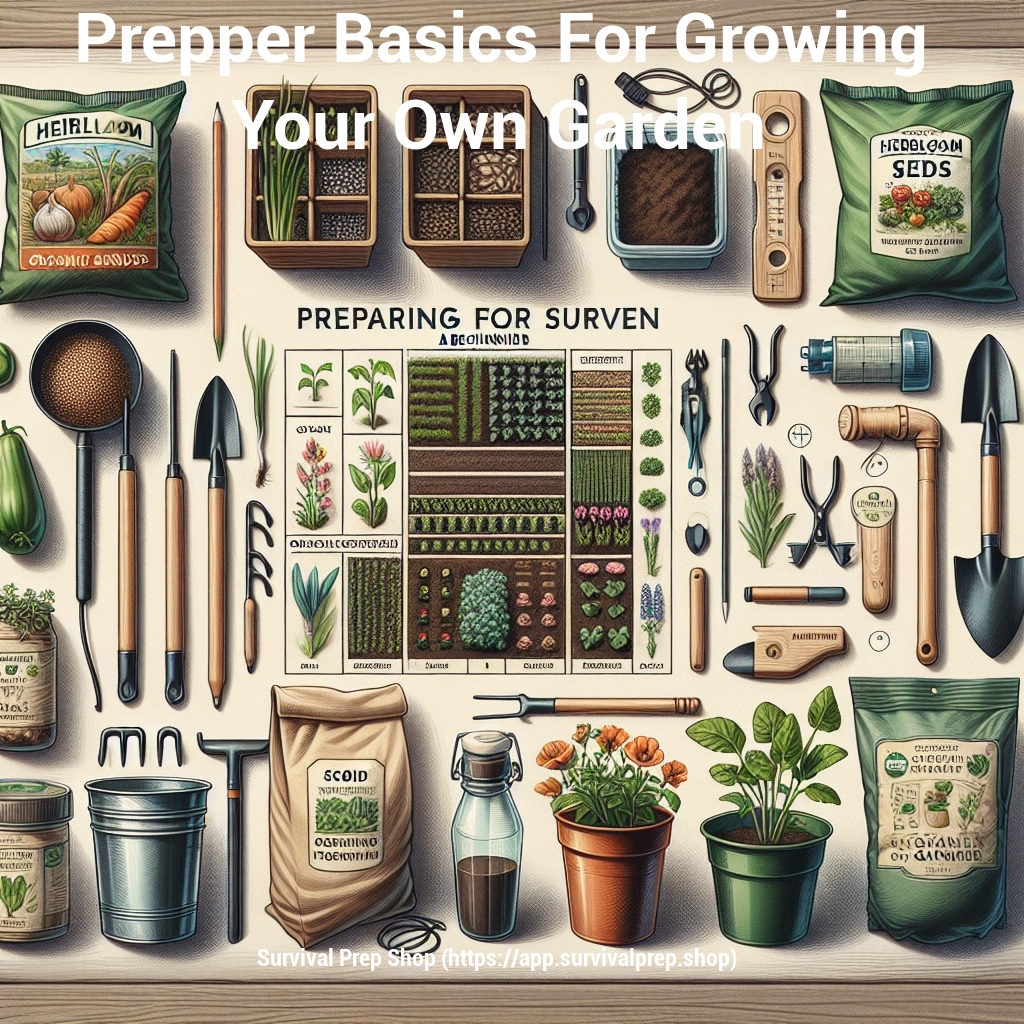
Hello everyone, and welcome to the Survival Prep Shop. I’m TK and I’m here to guide you through our latest exploration into sustainable survival tactics. Today, we’ll talk about an essential component of preparedness: food sustainability beyond just stockpiling canned goods. Let’s grow our preparedness journey together by diving into the practical world of gardening for survival.
Putting aside canned foods for future use is undoubtedly wise. But a question arises – what happens after those supplies diminish? That’s why having a strategy, like cultivating a garden, becomes invaluable. Gardening is not only economical, but it also ensures access to fresh and nutritious food, preparing you and your family for long-term resilience.
You don’t need extensive acreage to start a garden; it’s possible even in the smallest spaces. For those in apartments, container gardening is a feasible alternative. However, if you’re blessed with more land, choose your gardening spot wisely. Plants require adequate sunlight to thrive, so positioning is critical.
The health of your garden starts with the soil. Consider using organic fertilizer to revitalize your soil. Testing the soil can provide insights into its suitability for sustaining healthy plant growth. Additionally, adequate irrigation and good drainage are crucial to prevent waterlogging, which can be detrimental to plants.
Plan your garden layout by considering what vegetables you want to grow and the quantity needed. The climate zone of your area is also an essential factor, guiding you on the most suitable crops. Understanding which plants complement each other can prevent interspecies competition that would otherwise hinder growth.
When starting your garden, you can choose between seeds or starter plants. If you aim for sustainability, opt for heirloom seeds. These allow for continual replanting, helping your garden become a self-sustaining unit.
There are benefits to different planting methods such as row planting or raised beds. While row planting is straightforward, raised beds offer advantages in organization, preventing crop overshadowing and facilitating harvest. They also provide isolation, which can prevent the spread of issues between plants.
- Choose a garden strategy: Containers, land plots, or raised beds.
- Plan soil enrichment and drainage.
- Select suitable plants for your climate and space.
- Use heirloom seeds for sustainability.
- Consider garden layout for optimal growth and ease of harvest.
And that’s a wrap for our session today. It’s been great sharing these gardening insights with you as a strategy for long-term food security. Thank you for spending part of your day with me. I hope this information serves as an invaluable addition to your survival toolkit.
Thanks again.
TK – Survival Prep Shop
— Don’t forget to check out our YouTube channel — Click here —
